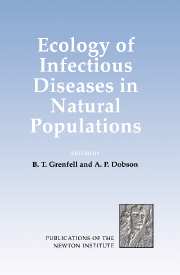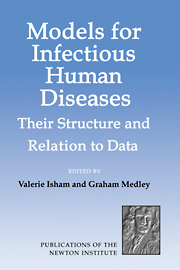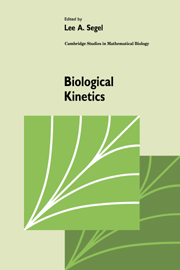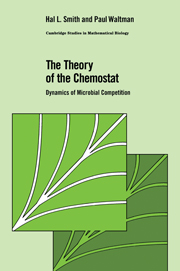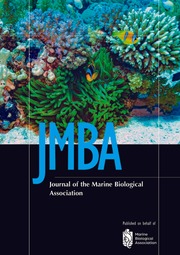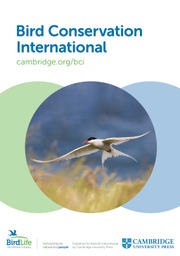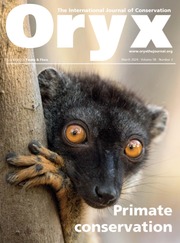Ecology of Infectious Diseases in Natural Populations
This book is the first major synthesis of theory and empirical knowledge regarding the ecology and epidemiology of infectious diseases in natural, unmanaged, animal and plant populations. Throughout the book, the contributors develop a dialogue between the patterns observed in empirical studies of disease in natural populations and the mathematical models used to dissect and examine the observed epidemiological patterns. The book is divided into a number of reviews and group reports by experts in various fields. Two sections synthesize important issues relating to the dynamics of microparasites and macroparasites, while the others discuss spatial patterns in disease dynamics and the evolutionary biology of parasites, pathogens and their hosts. This book will be of use to graduate students and specialists in mathematical biology and epidemiology.
- A new synthesis of the natural history of the infectious diseases in natural animal and plant populations
- The mathematical epidemiology required to analyse and dissect the observed patterns
- Up-to-date surveys by leading figures
Reviews & endorsements
"...I recommend this book for all ecologists with an interest in diseases and population dynamics, as well as instructors interested in updating their course lecture notes on classic predator-prey interactions." Nicholas J. Gotelli, Quarterly Review of Biology
"...provides a comprehensive statement of what we do know by elegantly synthesizing current theory describing the dynamic behavior of diseases in nature and summarizing data from quantitative field studies....a rich resource for field studies of all levels of detail." Edwin Grosholz, Ecology
"This book represents the current state of thought and research connecting theory and data in host-parasite interactions, particularly for wildlife, and as such should find a home on the shelves of all workers in the field from graduate students to full professors to resource mnagers. Hopefully, it will promote meaningful collaboration in the future by theoreticians and empiricists in this very important area of ecology and evolution." Janet A. Morrison, Ecoscience
"Those who work in this area will undoubtedly wish to acquire their own copies of these books." B.S. Drasar, Epidemiol. Infect.
Product details
September 1995Hardback
9780521465021
536 pages
235 × 156 × 34 mm
0.963kg
73 b/w illus. 7 tables
Available
Table of Contents
- List of participants
- Introduction
- Part I. Broad Patterns and Processes:
- 1. Impact of infectious diseases on wild animal populations: a review F. M. D. Gulland
- 2. Microparasites: observed patterns A. P. Dobson and P. J. Hudson
- 3. Mathematical models for microparasites of wildlife J. A. P. Heesterbeek and M. G. Roberts
- 4. Microparasite group report C. Dye
- 5. Macroparasites: observed patterns P. J. Hudson and A. P. Dobson
- 6. Mathematical models for macroparasites of wildlife M. G. Roberts, G. Smith and B. T. Grenfell
- 7. Macroparasite group report G. Smith
- 8. Critical evaluation of wildlife disease models N. D. Barlow
- Part II. Insects and Plants:
- 9. Nonlinearities in the dynamics of indirectly-transmitted infections (or, does having a vector make a difference?) C. Dye and B. G. Williams
- 10. Model frameworks for plant-pathogen interactions J. Swinton and R. M. Anderson
- 11. The dynamics of insect-pathogen interactions C. J. Briggs, R. S. Hails, N. D. Barlow and H. C. J. Godfray
- Part III. Impact of Ecological and Genetic Heterogeneity:
- 12. Environmental influences on host immunity S. Lloyd
- 13. Modelling the immuno-epidemiology of macroparasites in wildlife host populations B. T. Grenfell, K. Dietz and M. G. Roberts
- 14. Spatial dynamics of parasitism D. Mollinson and S. A. Levin
- 15. Spatial dynamics group report B. M. Bolker
- 16. Genetic diversity in host-parasite interactions C. M. Lively and V. Apanius
- 17. Genetics and evolution of infectious diseases in natural populations group report A. P. Read
- 18. Beyond host-pathogen dynamics M. Begon and R. G. Bowers
- 19. Glossary C. Watt, A. P. Dobson and B. T. Grenfell.

